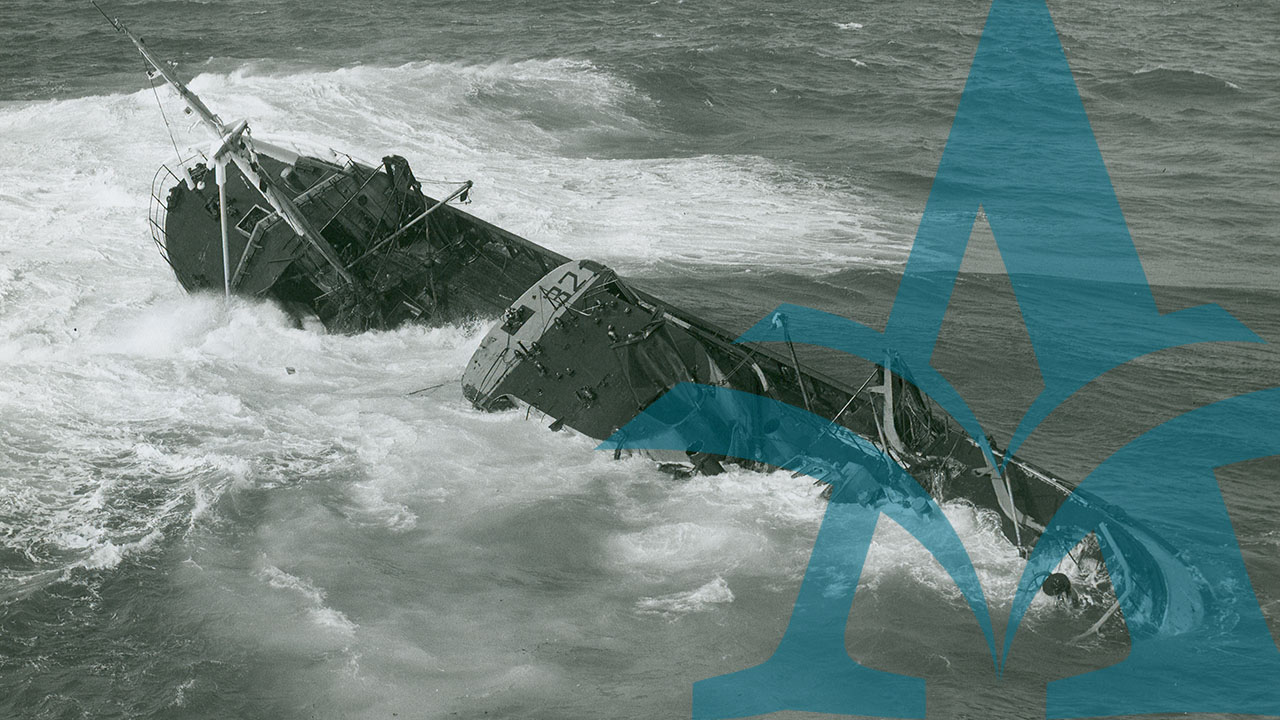
Nova Scotia is frequently described as having 'a culture shaped by the sea.' Across four centuries, the people who live here have depended on the ocean for the harvest it provides, the coastal and international trade which it facilitates, and the land-based industries which have grown up around its presence and potential. The sea has given Nova Scotians their earliest economic livelihood and their primary identity. Over the years it has also given them, and continues to give, constant danger, immense loss and inescapable death.
Of additional interest are various documents selected from the Assembly Petitions from the Nova Scotia House of Assembly. These records are representative petitions from ordinary citizens, describing the loss of specific vessels in the early nineteenth century — for example, the frightening tale of those who survived the Africaine, which foundered off northern Cape Breton in 1843; and a strong condemnation of the wreckers who picked over the remains of the Sir George Beckwith near St. Mary's River in 1820.
A separate section of this exhibit tells the story of the SS Atlantic, a disaster which has been largely overlooked in Nova Scotia's marine history. The Atlantic combined sail with steam, and was one of the finest passenger vessels of its time; in the early morning hours of 1 April 1873, it foundered on the rocks at Mars Head near Lower Prospect, in the outer reaches of Halifax Harbour. The loss of life was horrific — 565 passengers and crew. The disaster was the world's worst merchant shipwreck known at that time, and was not surpassed until the loss of the RMS Titanic in 1912.
Nova Scotia Archives — https://archives.novascotia.ca/shipwrecks/
Crown copyright © 2025, Province of Nova Scotia.